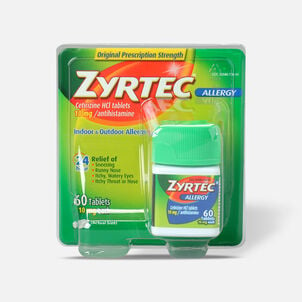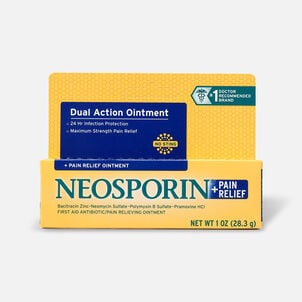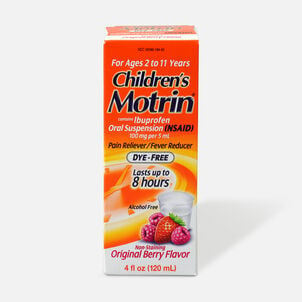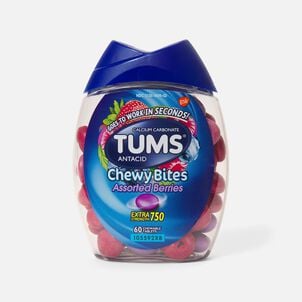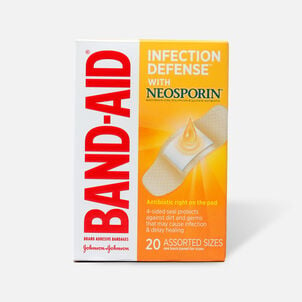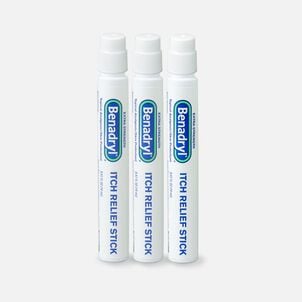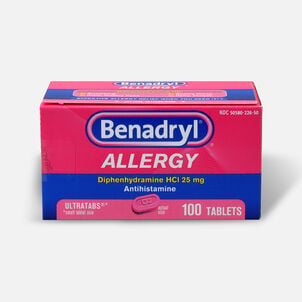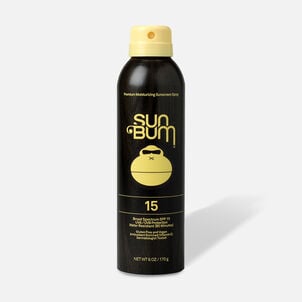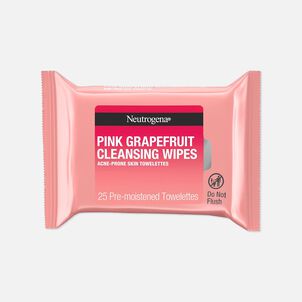Is dental insurance worth the cost?

For many of us, paying for a filling or root canal can be painful. And if you're like me — one of the 23% of folks without dental insurance — going to the dentist costs a small fortune.
Without any issues, I shelled out $380 for dental care last year. That's $155 for two cleanings, plus an extra $70 for x-rays. Other than a small gum graft and a couple of cavities, I've avoided any major dental problems.
Based on my history of "good teeth," I've skipped paying for dental insurance myself for 11 of the past 12 years. But what happens if things get worse? I did some research to find out when dental insurance actually pays off.
What most dental insurance covers
According to the National Association of Dental Plans (NADP), most policies cover the following areas:
- Preventative care (cleaning and routine visits)
- Restorative care (crowns or fillings)
- Endodontics (root canals)
- Oral surgery (minor surgeries and tooth removal)
- Orthodontics (braces)
- Periodontics (scaling or root planning)
- Prosthodontics (bridges or dentures)
If you have an individual policy, there's typically a one-year waiting period for the last three. Also, you may need an extra rider to have orthodontics coverage.
How much your provider will pay
Like other types of insurance, it's rare for a policy to cover everything for the more expensive procedures. Here's what they usually pay for:
- Preventative care - Most plans cover 100%. This usually includes cleanings, oral evaluations, x-rays, and sealants for certain age groups.
- Basic procedures - You can expect plans to cover 60-80% for basic procedures. This includes office visits, extractions, fillings, periodontal treatment, and root canals.
- Major procedures - Many plans only cover 50%. Bridges, crowns, dentures, inlays are all major procedures. It's possible your plan may put some basic procedures — like root canals — into this category too.
Only half of dental PPOs will cover more than $1,500 per year. The other half cap annual benefits below $1,500.
How much dental insurance costs
If you have dental insurance, it's likely through your company's group plan. Premiums range from $14.06 to $30.57 per month or $168.72 to $366.84 per year. Family plans are more expensive — ranging from $27.08 to $56.73 per month — or $324.96 to $680.76 per year.
Unfortunately, there isn't recent data on individual dental plans. When I searched my Marketplace, individual dental insurance plans ranged from $13.19 to $46.57 per month.
Analyzing my own dental plan options
When it comes to healthcare, I stay with the same doctors for as long as I can. When I searched Nashville's Marketplace, only two plans covered my dentist. The monthly premiums for these plans are $26.03 and $32.79.
One first covers preventative care at 70-90% The second pays 100% for the same services. Both plans have an annual limit of $1,000. Choosing the more expensive plan means paying $13 more per year. The benefit is 60-80% savings on basic services and 50% savings on major services. Insurance kicks in after a $50 deductible for both of plans.
I am unlikely to use basic or major services, so I have skipped dental insurance again for 2020. I will pay my $380 out-of-pocket with my health savings account.
Is dental insurance actually worth it?
In an ideal world, a crystal ball could predict your future health care needs. But reality looks a lot different. You need to consider a plan's annual premiums and what you get for paying them. Be realistic about your upcoming needs.
The policy's annual limit and how much it covers may help you decide. It's difficult to predict the future of your teeth, so you may need to rely on your dental history. Based on your past experience, you can assess how risky it may be to skip insurance.
-
Thank you for visiting the FSA Store Learning Center. Don’t forget to follow us for more helpful tips on Facebook, Instagram, and Twitter.

